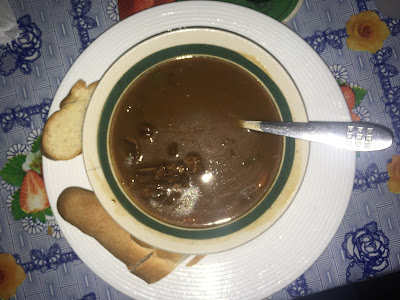Antiguan History
 |
| Nelson's Dockyard |
 |
| The pillars |
 |
| Interior of the Officer's Quarters, now an office space at Nelson's Dockyard |
 |
| Shirley Heights Outpost |
A bit of history:
The island was settled over 4000 years ago by Archaic Age fisher/forgers. They are believed to have originated in South America. During the first millennium BC they were displaced by the Arawak also from South America. Europeans arrived in 1493 with settlers arriving in 1632. Most historians credit Edward Warner as the first successful colonizer of the island. African slaves were introduced to build the structures such as Nelson's Dockyard and Shirley Heights. The main resource that was treasured by Europeans and eventually North Americans, was sugar. The first large scale sugar plantation was established in 1674 causing a vast forest to be eliminated. There were slave uprisings in 1728 and 1736. Slavery was abolished in 1834 but slaves were still economically enslaved to the plantation owners. In 1846 two thousand Portuguese were imported to work the plantations and in the early 1900's Lebanese arrived as 'peddlers'.
Due to a change in how payment for labor was rewarded in the cane business, the Riot of 9 March 1918 ensued. Many died and the cane planter's decision was reversed.
The Antigua Trades and Labor Union was instigated in 1938/9 and many workers joined and ushered in better working conditions for the workers. VC Bird, the second president of the union made great strides. The Antigua airport is named in his honor.
The US Military base opened in 1941 as sugar was declining in importance for the island.
The Antigua Labour Party (ALP) with its trade union base won nearly all elections and under Bird's administration, Antigua gained independence in association with Great Britain in 1967 and full independence in 1981.
Don't forget Barbuda!
This smaller island with a population of around 2000 lies thirty miles north of Antigua. With European colonists it was held privately by the Codrington family then as a Crown colony and later as a dependency of Antigua.




Comments
Post a Comment